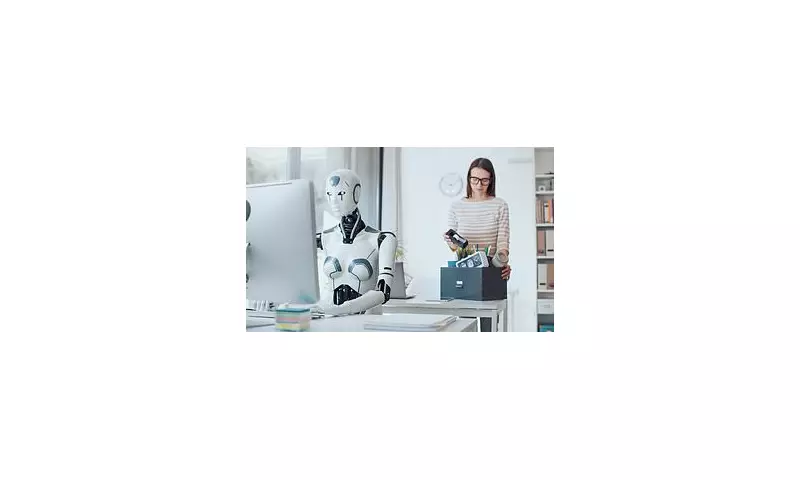
In a startling revelation that could reshape the future of employment, OpenAI has unveiled comprehensive research detailing which professions stand most vulnerable to the relentless march of artificial intelligence. The findings paint a concerning picture for millions of workers across various sectors.
The AI Impact Scale: Who's Most at Risk?
OpenAI's analysis, conducted in partnership with the University of Pennsylvania, employed a sophisticated methodology to assess how exposed different occupations are to AI capabilities. The research team examined the potential for AI to reduce the time required for human workers to complete tasks by at least 50%.
The most vulnerable professions include:
- Mathematicians and tax preparers
- Financial quantitative analysts
- Writers and authors
- Web designers and interface designers
- Accountants and auditors
Surprising Resilience in Some Sectors
While many white-collar roles face significant disruption, the research revealed unexpected resilience in certain professions. Jobs requiring physical labour and complex manual dexterity appear safer, at least for now.
"Occupations requiring physical work or specialised manual skills show lower exposure rates," the researchers noted, offering some reassurance to workers in trades and manufacturing.
The Higher Education Paradox
Perhaps counterintuitively, the study found that jobs typically requiring higher education qualifications face greater AI exposure than those requiring only on-the-job training. This challenges conventional wisdom about educational attainment providing protection against automation.
What This Means for Britain's Workforce
For UK workers and employers, these findings serve as a crucial wake-up call. As AI technology continues to advance at breakneck speed, understanding which roles face the greatest risk becomes essential for career planning, education policy, and business strategy.
The research suggests that proactive measures—including reskilling programmes, educational reform, and thoughtful regulation—will be vital to managing the transition to an AI-augmented workforce.





